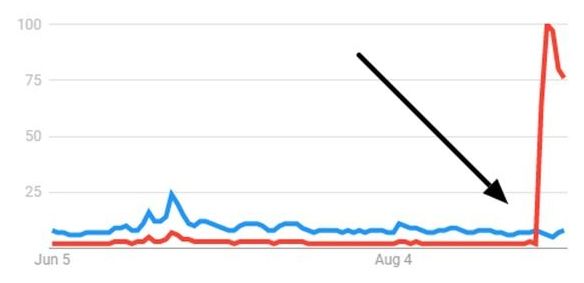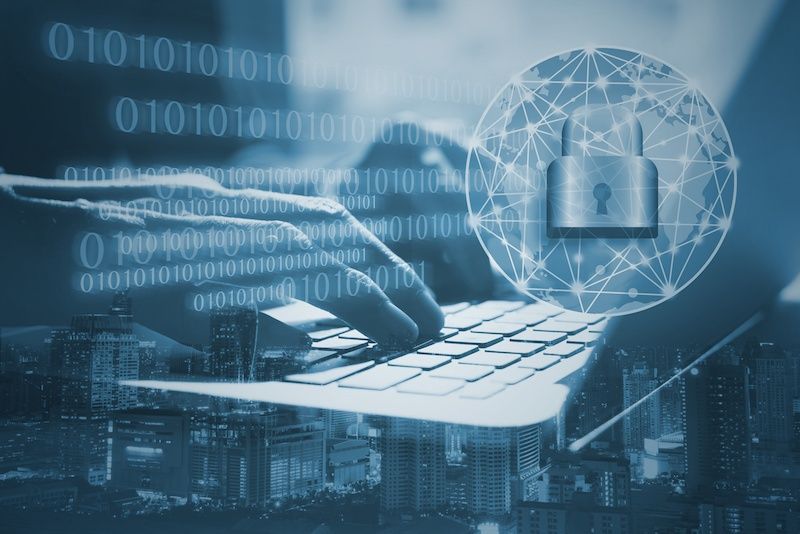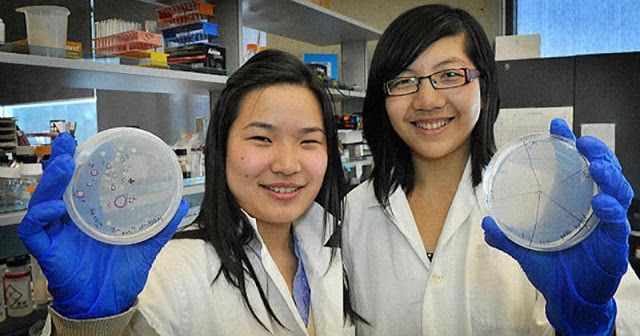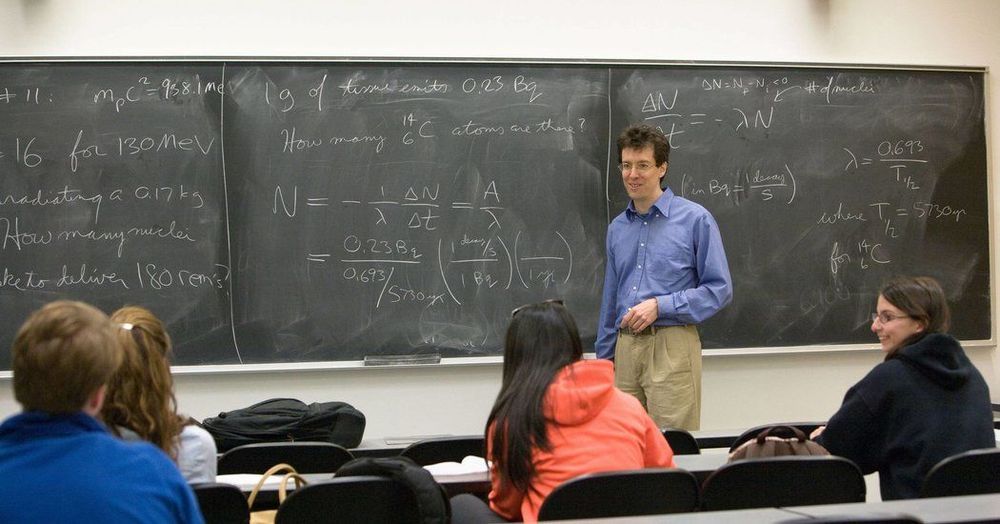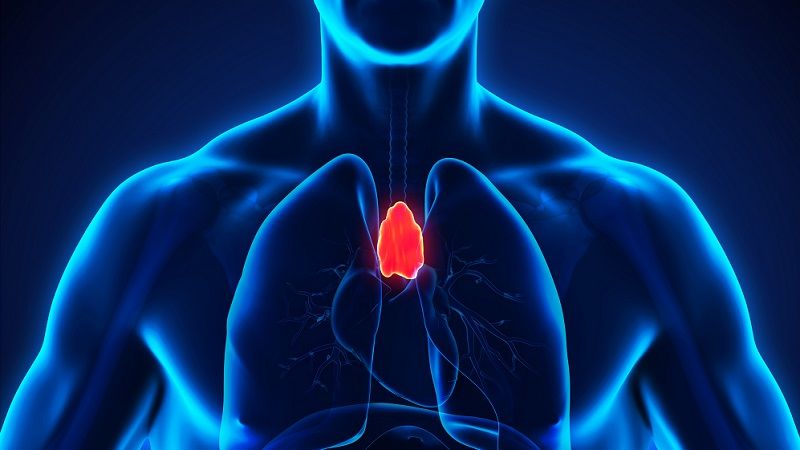Bitcoin and cryptocurrency prices are well known to be closely tied to media and general public interest –-though that could be changing.
The bitcoin price has been climbing so far this year, rising some 200% since January, though has recently plateaued at around $10,000 per bitcoin after peaking at more than $12,000 in June.
Now, it appears Google searches for bitcoin and BTC, the name used by traders for the bitcoin digital token, could be being manipulated–-possibly in order to move the bitcoin price.
